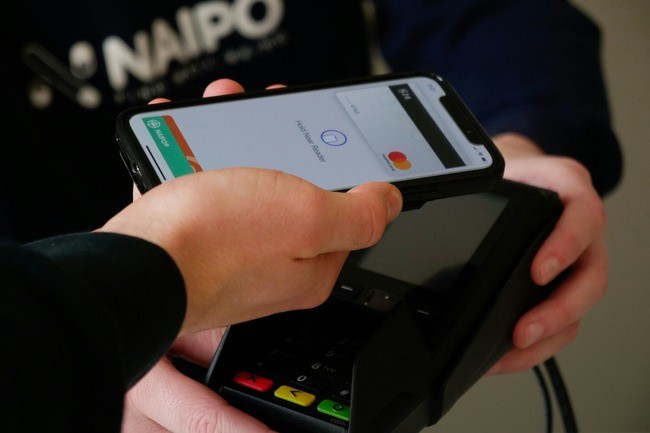
Samsung's Galaxy S24 Ultra page on the US site reveals noteworthy information about Galaxy AI features. The footnotes specify that these AI features will be available at no cost on supported Samsung Galaxy devices until the conclusion of 2025. However, it's important to note that distinct terms may apply to AI features offered by third-party entities.
This announcement emphasizes Samsung's commitment to providing users with AI capabilities on their devices without additional charges for the specified period, enhancing the overall user experience. As technology evolves, users can use advanced AI functionalities on their Samsung Galaxy devices, further enriching their digital interactions.
A Potential Paid Subscription Model on Galaxy AI Features
The potential transition of Samsung's Galaxy AI features to a paid subscription model raises questions about consumers' willingness to pay for these services. While subscription models for software are not new, Samsung's move could impact the delicate balance between maximizing revenue and user adoption.
The Galaxy AI services operate both on-device and in the cloud, making it unclear whether there will be a distinction between them.
As AI tools become more prevalent, the costs of providing robust cloud-based services could be substantial. The challenge for Samsung lies in making Galaxy AI compelling enough to drive user adoption without alienating customers with a subscription-based approach.
A recent update surfaces, as Samsung intends to extend Galaxy AI features to older handsets, including the Galaxy S23 series, Galaxy S23 FE, Galaxy Z Fold 5 and Flip 5, and Galaxy Tab S9 series by the first half of 2024. This move diminishes the exclusivity of Galaxy S24 in offering AI features, impacting the attractiveness of upgrading from older models.
The long-term plans for Galaxy AI and the Galaxy S24 family remain uncertain, as Samsung may not have finalized its 2026 strategy for these services.
The Samsung Galaxy S24 Ultra Breaks Away from Curved Displays, Embracing a Flat Screen Design
This significant shift in design, ushering in a new chapter after nearly a decade of curved displays, is epitomized by the Samsung Galaxy S24 Ultra and its return to a flat glass display. This departure from the curved "Edge" display, a trend initiated by Samsung, has been a longstanding critique, and the move to a flat screen is seen as a positive change.
Since unveiling the Galaxy Note Edge with its novel curved screen in 2014, Samsung's foray into flexible displays has increased interest yet also attracted complaints over ostentatious traits, sturdiness worries, and operation inconveniences.
The shift to flat displays began with the Galaxy S20 and continued with the Galaxy S23 Ultra. The latest Galaxy S24 Ultra, highlighting AI advancements, has embraced a flat screen, catering to practicality and user preferences. While curved screens may still exist in some phones like the OnePlus 12, Samsung's move signifies a notable departure from this design trend, concluding an era marred by practical challenges and limited benefits.
Also, in the successful Samsung event, Galaxy Unpacked, Samsung introduced a new wearable, the Galaxy Ring, which was showcased briefly in a video during the Unpacked showcase.
Positioned as an intelligent ring focusing on monitoring users' physical condition and overall wellness, Samsung has not disclosed specific details regarding the release date or pricing. The move into the intelligent ring domain aligns with Samsung's patent filed last year for a ring capable of checking heart rhythms and adjusting home settings.
With AI integration in Samsung's latest Galaxy phones, the Galaxy Ring is expected to leverage advanced technology, offering innovative health and wellness monitoring features. Additional details are anticipated soon.
Related Article : Samsung Unpacked 2024: Unveiling Galaxy S24 Series, The Galaxy Ring
© Copyright 2025 Mobile & Apps, All rights reserved. Do not reproduce without permission.















